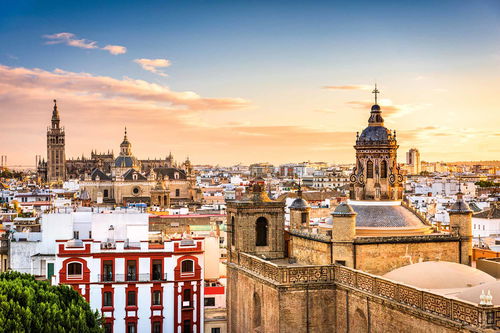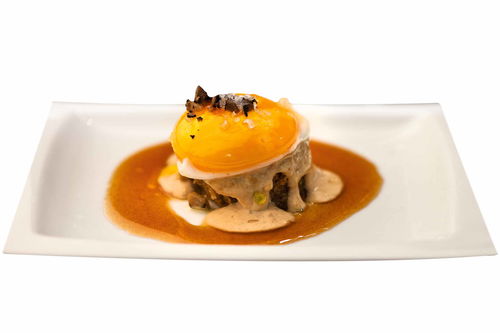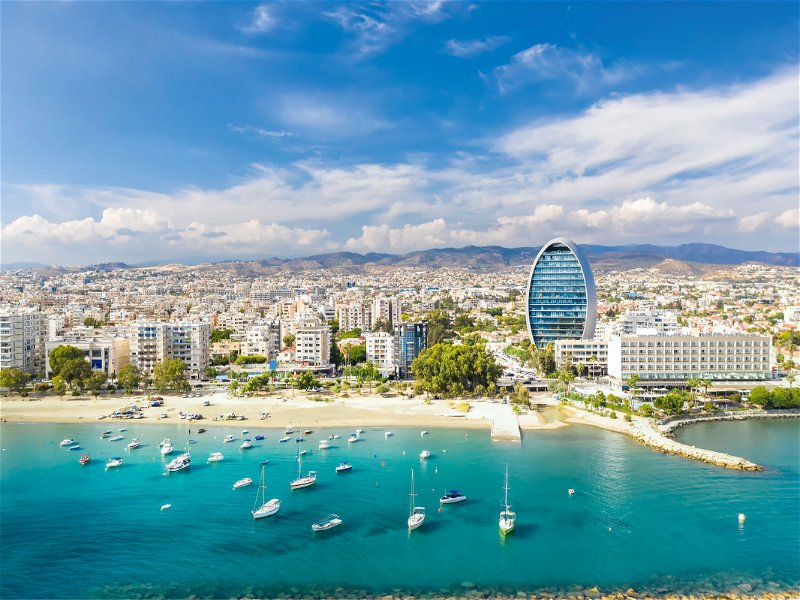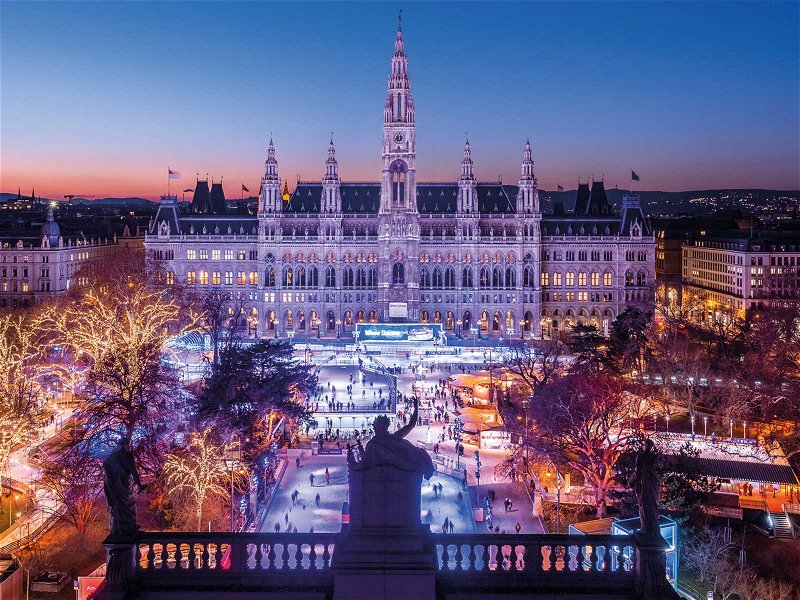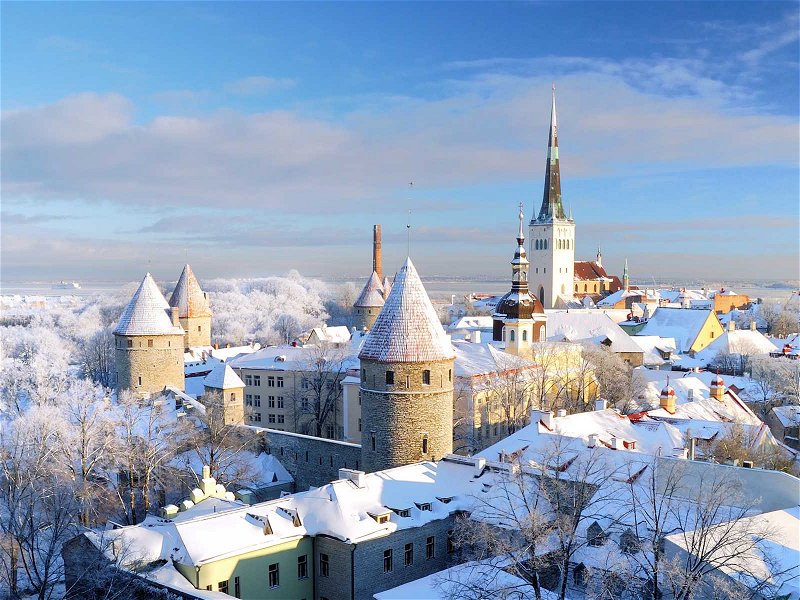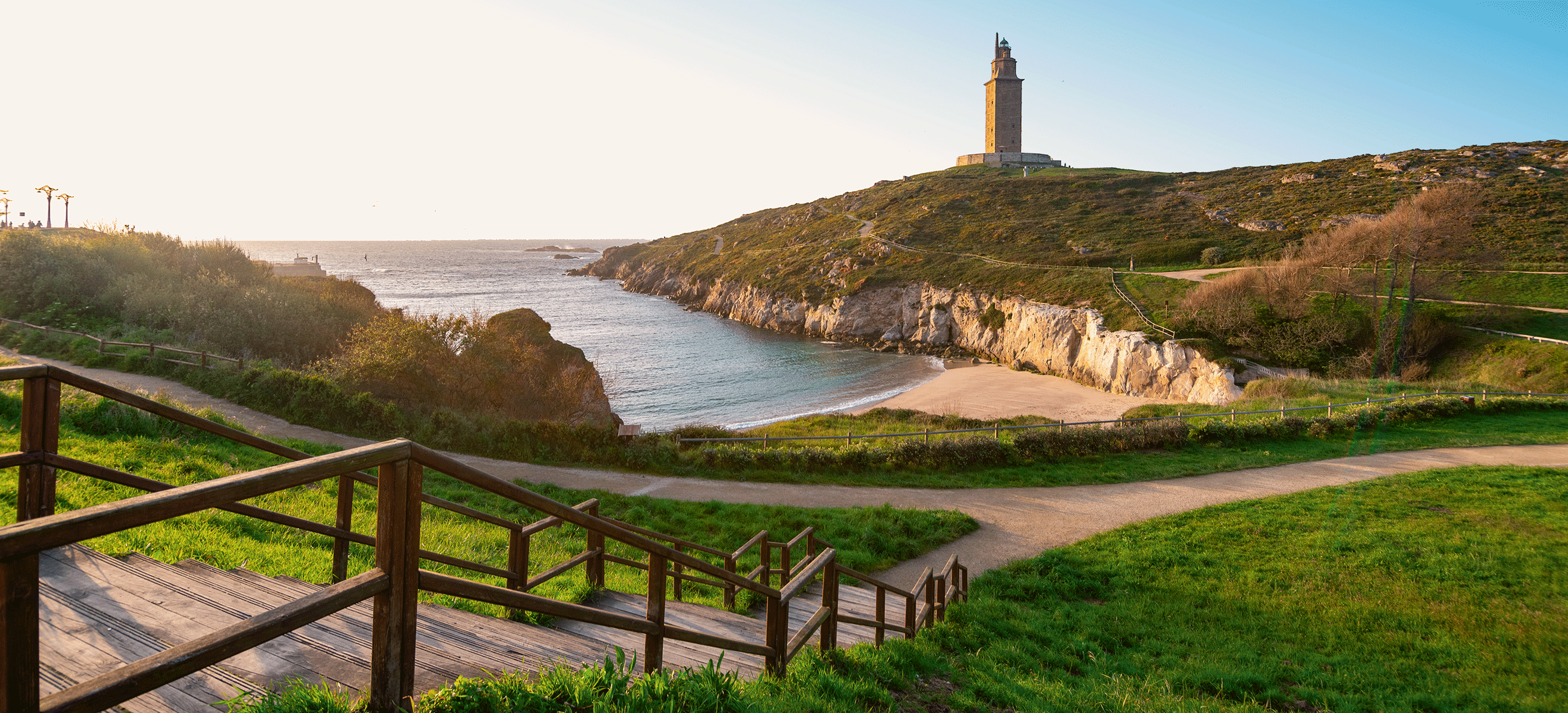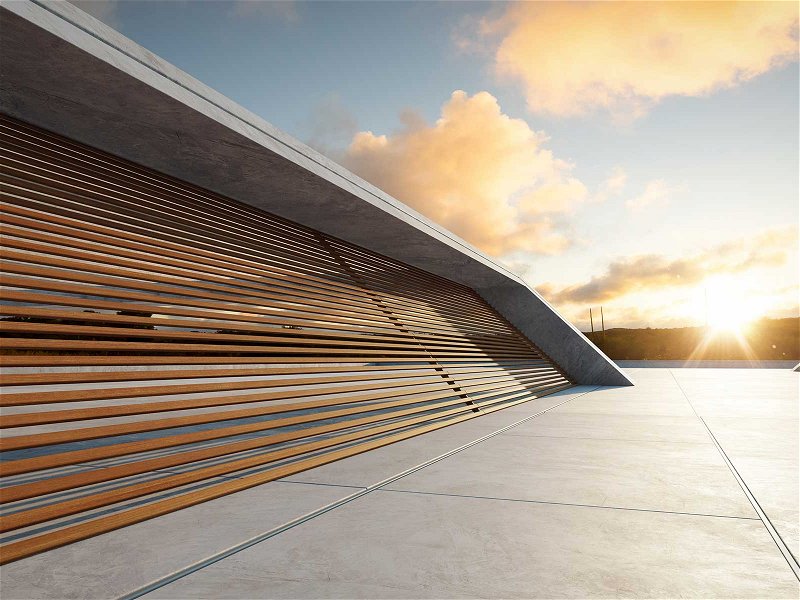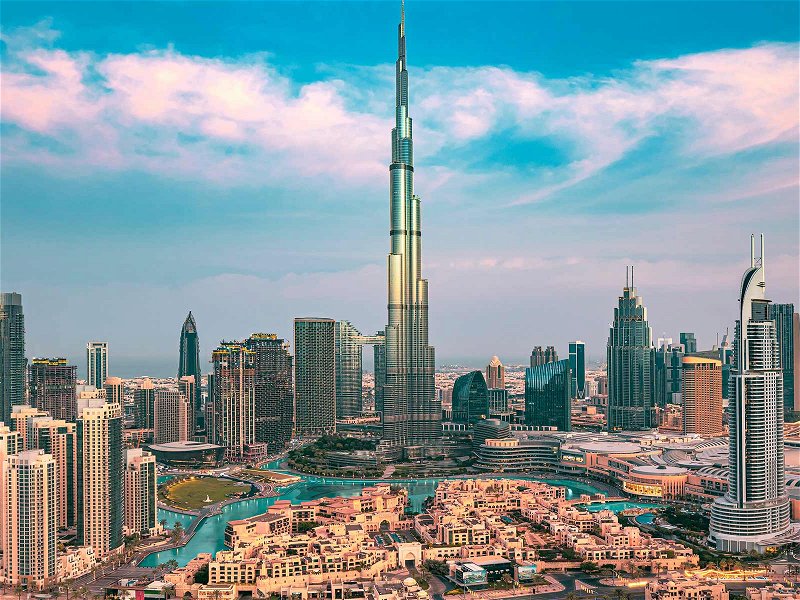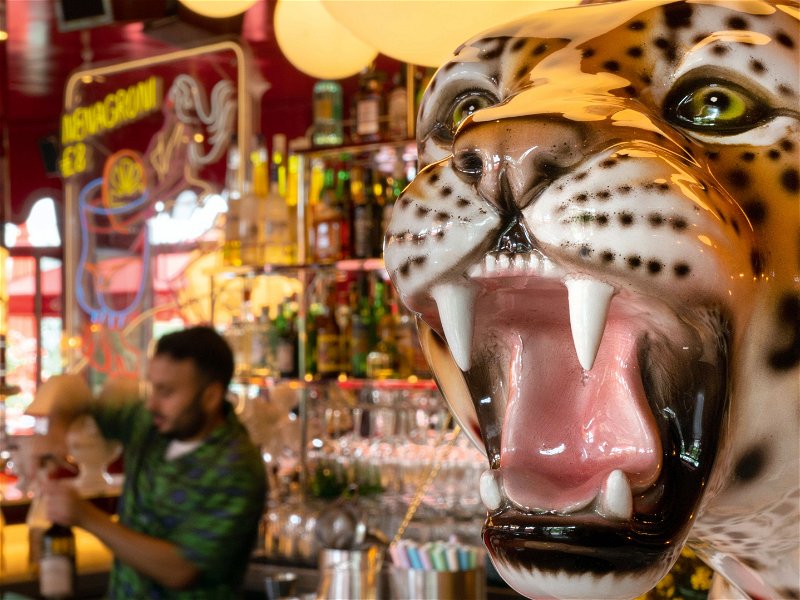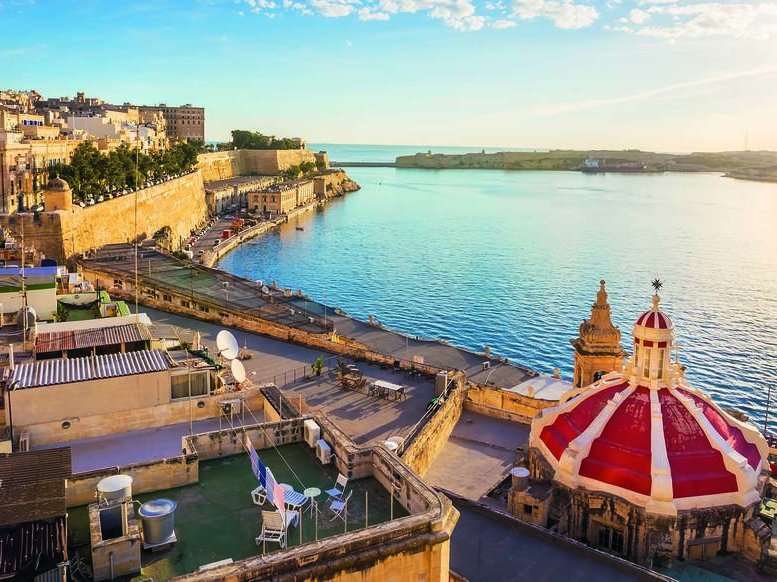Highlights of Andalucía: Seville, Córdoba, Granada
Spain's largest autonomous community can look back on a rich history, which is also reflected in its culinary specialties.
A visit to Seville would be incomplete without an extended tapeo. Tapear, that is to move from bar to bar and have a few tapas and a glass of beer or wine wherever the mood may take you – this is as much part of visiting to Seville as a visit to the cathedral and its famous Giralda bell tower. Eating and drinking is mostly done standing up. When the sun is out the bars get crowded and the narrow streets of the Barrio de Santa Cruz, for example, are teeming with people. Those who have fought their way to the counter have to be decisive - the offer is huge and varies from restaurant to restaurant, from day to day. Most tapas are homemade and fresh, based on fish, seafood, meat, vegetables and ham, of course, all imaginatively combined.
El Rinconcillo is a tapas bar particularly popular with tourists. It is said to be the oldest in all of Andalucía. People have been drinking here since 1670 and the waiters still chalk up the bill on the wooden counter. Chalk is also used by Sixto Tovar Gutiérrez. In his hip bar Espacio Eslava in the San Lorenzo quarter, he writes the daily menu on large boards. Costillas de cerdo, crispy and at the same time wonderfully tender pork ribs cooked in honey, are listed as well as delicious, perfectly fried red mullets from Conil on the nearby Costa de la Luz. The wine selection is extensive. Nearly all of the best Spanish wine regions are represented and many wines are offered by the glass at moderate prices. No wonder that the place is packed every evening.
If you prefer it a little more comfortable, you can make a reservation at the conTenedor and be served seated. This stylish slow-food restaurant, decorated with works of art and seasonal flowers, serves freshly prepared dishes with regional ingredients. Classics are arroz crujiente con pato, duck with crispy rice, and pulpo, marinated with lemon, sage and rosemary and then grilled to perfection. Guests also get their money's worth when it comes to wine - including surprisingly good regional pours such as the cuvées of Tempranillo and Syrah Pago del Zancuo from Bodega La Margarita or Overo Tinto Crianza from Bodega Gonzalez Palacio.
After dinner, we recommend a walk to the cathedral, which is magnificently lit in the dark. The most beautiful view of the church and across the city is offered by the elegant roof terrace of the EME Catedral Hotel, located directly on the square. With a mojito - said to be the best in the city - the evening can end here in style. The atmospheric ambience brings to mind a song by Spanish pop star Miguel Bosé, who sang "El corazón que a Triana va, nunca volverá" in 1984 - the heart that goes to Triana never returns.
Seville is not only about good food and drink - Flamenco is also at home in the city. Posters advertise evening performances everywhere. If you want to experience a show with real local colour, get a ticket at the Peña Torres Macarenas club. Late, well after 10pm, the never-ending story between the sexes is dramatised in dance. Men begin to sing heartrendinglycasting themselves in the role of the lonely, misunderstood lover. Then the ladies join in with guitar and song, to the rhythmic beat of heels on the parquet floor. At the same time, the men on stage begin to applaud, cheering on the dancers until the enthusiasm spills over into the audience. You quickly get talking to locals who will tell you not to miss a visit to Córdoba.
The third-largest city in Andalusia, with about 330,000 inhabitants, is less than two hours away by car. "In the Middle Ages, Córdoba was one of the largest cities in Europe," explains city guide Juan during a tour. "Over half a million people lived here at that time. The city was a melting pot of Christians, Jews and Muslims." The Mezquita, the mosque-cathedral, still bears witness to this day. After the reconquest of Córdoba by the Christians, a Christian heart in the form of a cathedral was inserted into the magnificent mosque with its stone forest of columns – probably nowhere else are Islam and Christianity so entwined.
"It only gets quieter in the evening, when the daytime visitors have left and the city belongs to the locals again," says our guide Juan. He also has some tips for us: "You absolutely have to eat rabo de toro in Córdoba, a slowly braised ragout of oxtail and is a real delicacy." His second recommendation is Paco Morales. His restaurant is called Noor (Arabic for light), and Morales stages his cocina andalusi here. It is based on Arab recipes from the 10th century for which Morales only uses ingredients that were already known at that time. There are three menu sequences to choose from. Dishes like hake with turmeric and roasted cauliflower or escabeche with razor clams and squid on a bed of artichokes are certain to delight.
Next stop is Granada, a city that inevitably transports visitors to a fairytale world of the Arabian Nights. The panorama alone is unique – high above the plain, framed by the backdrop of the snow-capped mountains of the Sierra Nevada, towers the fairytale Alhambra. The huge castle, legacy of Granada's golden age, is still one of the most famous architectural monuments in the world. Leave visiting the fortress, the gardens and the Nasrid palace until the next morning. The evening should be spent in the Albaicín, on the Mirador de San Nicolás, the Moorish and oldest quarter of Granada, where you can listen to local musicians. You should also stop for a bite to eat. But where? One restaurant follows the next on Calle Navas.
If you want to be on the safe side, you can indulge in Ismael Delgado's La Fábula. Rack of lamb with dill and chickpeas, skin-roasted red mullet with chard or mackerel in a banana leaf are just some of the delectable dishes. The two tasting menus and the great desserts are also recommended. A must-try: the lecrín orange with chocolate and olive oil.
No visit to Granada is complete without the Alhambra, a medieval palace complex with throne room and gardens.
You should not miss the famous white villages during your round trip through Andalucía. You drive through the countryside, over earth-brown hills, see treeless hilltops. Then suddenly a brilliant white spot appears. As you get closer, its contours become visible as clusters of houses.
In immaculate white, they reflect the sun, preventing the rooms from heating up into incandescent ovens. Arcos de la Frontera is a particularly attractive example – the town is situated on a ridge high above the Guadalete River. In addition to a comfortable Parador, there are some elegant private quarters within the historic walls.
Rested, you can head off to the Costa del Sol the next morning. With Malaga and Marbella, there are still two gastronomic strongholds to explore. Cádiz and the sherry town of Jerez de la Frontera are other interesting cities for the next trip. Because one thing is clear: you simply have to return.

